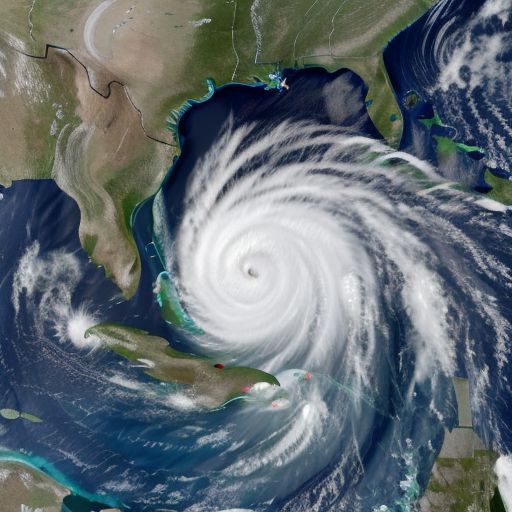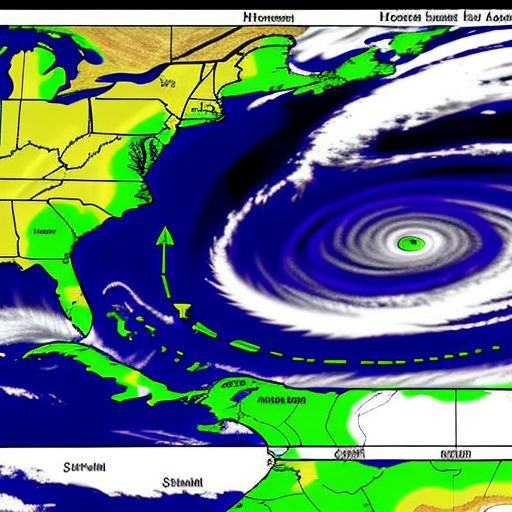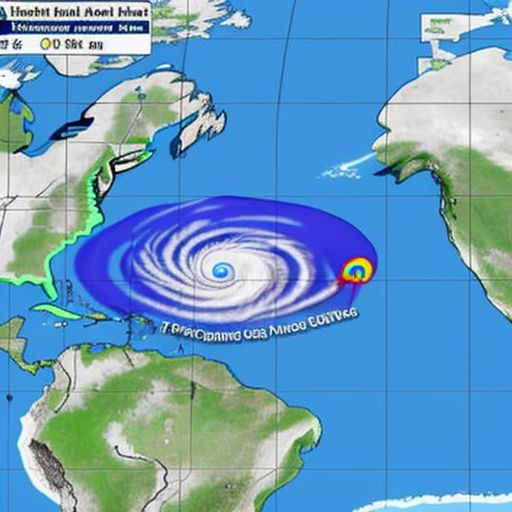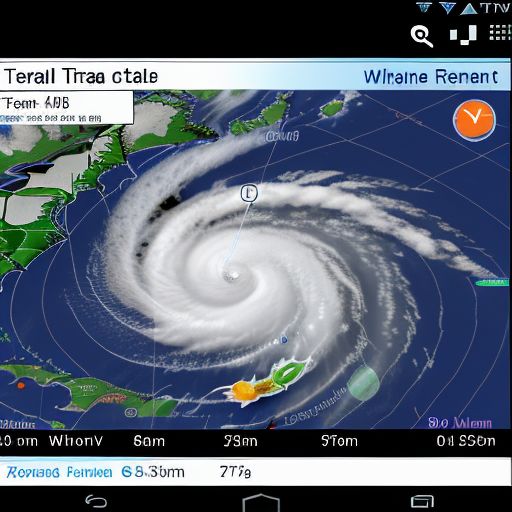Everything You Need to Know about Hurricane Helene Tracker:
What Hurricane Helene is all about.
Hurricane Helene refers to an intense system of cyclonic activity which originated in the warm sector of the Atlantic or where a contributing network of systems assisted in its development. For all intents and purposes, Hurricane Helene almost rated herself as a category two hurricane with sustained winds of 110 mph (177 km/h) as the highest usually recorded.
Hurricanes like Helene as well lead to destruction by flooding and strong tidal waves (storm surge) heavy winds or raised water levels. Thus it is very important that these weather systems be evaluated even whilst over the ocean, en route to the land where the hazardous zones will be located so as to alert and help the people to get ready.
Some Elementary Facts about Hurricane Helene:
The Date when it Came into Existence: September, 2018
Category of Sustained Winds: 2 on Saffir – Simpson Hurricane Scale
Maximum Wind Speeds: 110 mph (177 kph)
Area of Impact: Predominantly event over the Atlantic Ocean but also affected the Azores islands and some parts of Europe due to rain and wind.
How Are Hurricanes Monitored?
Hurricanes can be tracked using multiple means of technology and data gathering. Stages of the storms are studied and their direction is computed by a meteorologist using satellites, weather stations and airplanes.
1.Satellites:
Satellites are the primary devices for the tracking of hurricanes. The satellites provide images and data in sniper like precision when it comes to how big, what shape and in what direction or speed is the storm. When data from satellites is available, is when the movement of the hurricane and its categories can be gauged by the meteorologists.
2.Weather Stations:
Weather stations that are on land and even on waters are also important in tracking hurricanes as well. Such stations record the maximum wind speed, the amount of moisture, the temperature, and other factors. So that they can predict what the coming system will do.
3.Hurricane Hunter Aircraft:
There also exist some special airplanes known as hurricane hunters that fly into such storms to measure pressure, wind speed, and temperature. That information is essential in determining the intensity and future trajectory of the hurricane.

The Significance of Monitoring Hurricane Helene
Monitoring and tracking hurricanes such as Helen is beneficial for several reasons. For one, they help in issuing advance warnings and advising people in the path of the storm to evacuate. This is important in reducing fatalities as it enables the residents to take precautionary measures like securing their houses and relocating if necessary.
1.Early Alerts
Largely because of hurricane tracking, warnings are issued to the target areas before the hurricanes arrive. This is of essence in making sure that the affected individuals have enough time to collect their belongings, reinforce or leave their residences, as well as – if necessary – evacuate completely.
2.Assessing the Damage:
Tracking hurricanes can give authorities the estimate of the damage that may be encountered because of such a storm. This is useful knowing where the eye and the bands of a hurricane are, as it helps people to know how much assertion there is of storm damage; physical storm damage, flooding, and even storm surge.
3.Helping the Community to Minimize Possible Losses:
Hurricanes threaten coastal areas, but economic activity is often preserved due to the fact that business and population are warned in advance of the storm. That is, they close businesses, guard buildings and other facilities, and so on in order to prevent loss or damage.

Hurricane Helene’s Path and Impact
By following a rather unique trajectory, hurricane Helene is different from most Atlantic hurricanes. Most storms will pull and steer warm moist air to the Caribbeans or the Gulf of Mexico, or even the southeastern United States while Helene remained mainly over the eastern Atlantic Ocean.
1.Path of Hurricane Helene:
Hurricane Helene formed from a tropical wave that passed over the west coast of Africa Snptemebr 2018. It continued Its path towards north west, while gaining in strength, and eventually she reached the modern category of hurricane 2-Inc. However, in contrast to most tropical storms from the American region, Helene did not reach the shores of America. Instead, it moved near the Azores archipelago and weakened before reaching some parts of Europe.
2. Impact on Azores and Europe:
Though Hurricane Helene did not make landfall, it did impact portions of the Azores, a group of islands located in the North Atlantic, with strong winds and heavy rain. Subsequently, the remnant of the storm influenced portions of the United Kingdom and Ireland, turning weather conditions wet and breezy.
Winds reached 50 mph inland and 70 mph over water. In England ‘the Bridge of Sighs’ undulled to travel tea in, ‘linings’ of one of its many arches turning into a ‘bouncy-castle’ with water-balloon like pockets decorating its many domes. Virtually every hydrometric gauging device registered an inflow. Tanks storing fats collapsed. All liquors available from Spain to Mongolia were stocked up. Amidst civilization all crowded into apartments here and there.

How to Stay Safe During Hurricane
To kneel down to hurricane and remain safe requires preparation and speed. As a tendency, those who dwell in hurricane prone areas should formulate something before the actual storm.
1.Preparation
- Create an Emergency Kit- Please ensure that your kit has items such as food, drinks batteries, torches, first aid kit and so on.
- Secure Your Home- For the purposes of strong winds, board the windows and tie any lose things outside, that wind may carry away.
- Know Your Evacuation Routes- Be ready to depart without delay should the local administration order the evacuation.
- During the Hurricane stay Indoors- It is pointless to over someone’s head and go out in a storm unless it is safe.
- Westernize Your Attitude to Authorities– Keep up with local officials and their reports through social media, and do what you have to do if any evacuation orders are issued.
- Swim Outside of Flood Water- Do not attempt to walk or drive anywhere there is flooding, as water almost always rises unexpectedly, and may have harmful objects in it.

Relevant Instruments in Monitoring the Hurricanes
Helene and other hurricanes can be tracked with the help of various instruments and reading material. These instruments give the current position, intensity and the degree of threat of the hurricane.
1.National Hurricane Center (NHC):
It is located in Miami, Florida, and is in command of all the hurricane tracking activities in the United States. Information reaches from the NHC regarding the actual hurricanes threat levels and the forecasts, warnings and images sent out by.
2.Hurricane Tracking Applications:
There are quite a number of mobile applications that provide the real time tracking of hurricanes. Such popular apps have been; – **Hurricane Tracker**: Provides real time tracking updates on Hurricane and Tropical storms left categories. – **MyRadar**: Provides live satellite images and weather warnings. – **Storm Radar**: Provides excellent illustration of storm tracking and prediction of weather.
3.Weather Websites:
Others such as the **Weather Channel** and **AccuWeather** also feature real time updates on hurricanes that include satellite pictures, images of the radar and forecast about the storms.
Utilizing these tools, enables you in tracking any storm in progress and making the appropriate measures to protect yourself and your family.

Conclusion
Following and monitoring hurricanes such as Helene becomes an obligation which allows anyone to visualize the possible threat and assist in safeguarding the public as well. Even though Hurricane Helene mainly resided over the Atlantic Ocean with little destruction caused upon landmasses, the trajectory of such storms is a reminder of the need to track these storms and prepare for the worst.
Luckily, through the use of satellites, weather stations and modern methods, meteorologists can estimate the course and the intensity of the hurricanes to give people time to get ready. Whether you live in a region that is prone to hurricanes or you are just a fan of locating hovering storms, it is important to be ready and aware of all the safety measures when a storm is coming.
This will allow you to make a better plan and, together with your family, help reduce the stress and dangers posed by the hurricane season.



